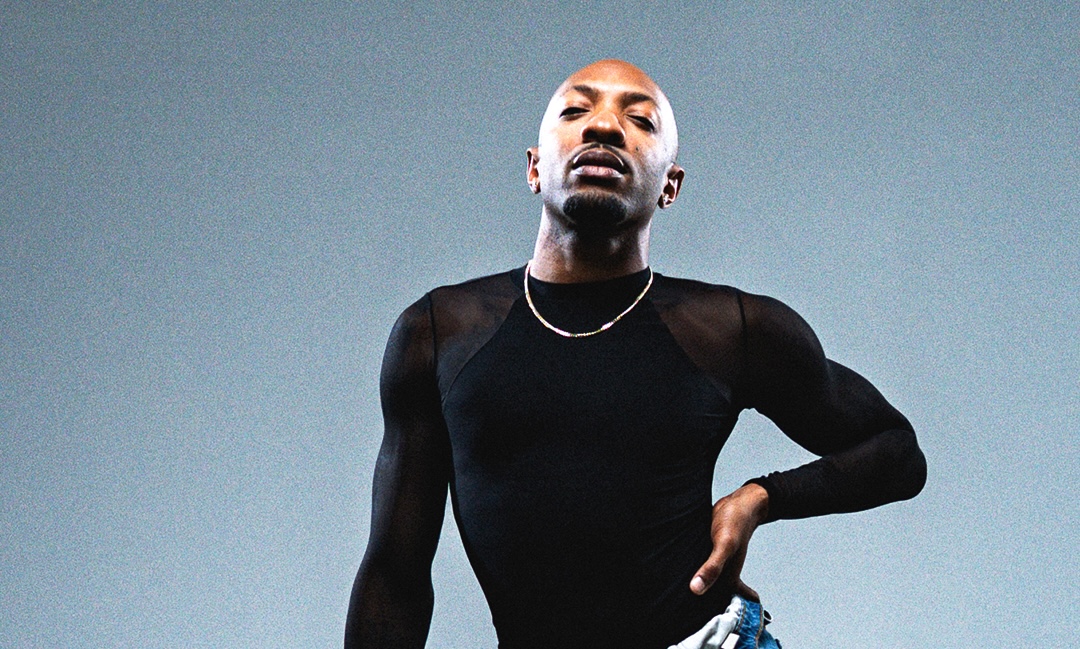The life of the captain of a dance team: You’re exhausted. In just the last few weeks, you’ve pushed the mental and physical limits of your team. On top of worrying about how the transitions of the set will look, you constantly feel obligated to play bad cop. You find yourself worrying about whether your dancers will resent you for keeping them late at practice, or whether your dancers will remember all the choreo that was thrown at them. It is so difficult to be the captain or director of a team considering you’re at the helm of a 40+ person team. But you're human, so there are undoubtedly limitations to what you can provide for your team.
See Related Article: Leadership Tips From Directors In The Dance Community
While your team should be able to expect certain things of you as a leader, there are things that aren’t your responsibility that you should not beat yourself up over.
The Responsibilities Of The Captain Of A Dance Team
1. Leading By Example
You don't have to be the best choreographer or dancer, but leading by example is a great way to both humanize yourself as a leader. This establishes your credibility as well.
Take classes alongside your dancers. Take cleaning notes seriously. Hold that plank til the last second during conditioning.
Grow with your team; show them you can walk the talk.
See Related Article: How To Lead Your Dance Team More Effectively
2. Welcoming New Dancers To The Team
As captain, you set the tone for a positive environment for new dancers on the team.
Help new dancers to the team adjust to the culture of the team, and check in with them to make sure they are getting used to the team properly.
Everyone has been new to a team once, and it has never been easy to adjust and make new friends. Be a friendly face for them!
3. Getting To Know Your Dancers
Along with welcoming new dancers to the team, it will mean even more to your team and your dancers if you are taking your time as captain to sit down and get to know your teammates individually.
Sometimes it's easy for dancers on teams to feel as if they fade into the background because the process of putting a set together can be so collective.
We are so set on dancing as a unit that it can feel conflicting for dancers to want to stand out as individuals yet blend in seamlessly.
A good way to navigate these waters is to establish a connection with each and every one of your dancers.
The more your team feels like they know you, the stronger the team culture will be, leading to better overall alignment of the team.
See Related Article: How To Cultivate Positive Relationships In The Dance Community
4. Being Transparent With Your Dancers
Part of the vulnerability of being a captain is the need to be transparent with your team.
And part of that transparency is to set clear goals and expectations for the team.
The clearer the expectations and goals, the more each dancer is able to align with the overall mission and contribute accordingly.
See Related Article: Dance Leadership Tools From Anna Sarao & Arnel Calvario (Presented at H4 by CSLA)
5. Inspiring Interest At Each Practice
Ideally, if you are leading by example and showcase your excitement for the happenings at practice/for any upcoming performances, your behavior should speak volumes.
Being infectiously excited about the prospects of what your team can accomplish in and of itself will inspire an interest in your dancers for the team/the performance.
What You Shouldn’t Beat Yourself Up Over:
1. Making Sure Your Dancers Like The Pieces That Are Taught
Sometimes your dancers aren't going to like a piece because they don't like the style.
Other times they may no longer enjoy a piece because they are unfavorably blocked.
It is not your responsibility to make sure everyone likes the pieces that are taught – everyone has style preferences and strong opinions.
If they aren't enjoying a piece they're learning because they feel challenged, that's good. Your job isn't cater to everyone's opinion, it's to make sure they are growing.
2. Getting All Your Dancers To Like You
You are going to have to make decisions that not 100% of your dancers agree with.
You will sometimes make decisions that cause some dancers to respect you more, and others to feel more negatively about you.
It would be so wonderful if a team could come to a unanimous decision without sacrificing too much time, but often times this is not the case.
It would take more time to gather everyone's opinion, survey the results, and find a conclusion that will make everyone happy.
Making the executive decision may be tough, but if you have been getting to know your dancers, any tough decision you make will be met with understanding – simply as a byproduct of trusting your judgment.
3. Making Sure Your Dancers Show Up For Practice
You aren't anyone's parent; you shouldn't have to call your team to make sure they will be showing up for practice.
A dancer missing practice is not a reflection of your ability to maintain their interest, and it should be up to them to get caught up on what they missed.
4. Making Sure Your Dancers Remember The Choreography
Just like it's not your responsibility to make sure your dancers will show up for practice, it does not fall on you to make sure your team remembers the choreography.
You shouldn't have to feel like you need to reteach choreography to your dancers at every practice.
If they don't remember the choreography, they will find a way to get caught up again.
5. Expressing Your Expectations
It's great to set up clear expectations; it's transparent, and it's honest.
Don't feel concerned about coming off too strong to the team - if what you have to say is in the team's best interest, it's a good thing to be as clear and transparent as possible.
6. Inspiring Interest And Passion In The Team
While leading by example to inspire interest and passion in your dancers is a great thing for leaders to do, there are limitations to inspiring interest for your team. You can't make someone feel a certain way.
If there are a few dancers on the team that still aren't motivated at practice, outside of getting to know them individually to provide support as a captain and expressing genuine excitement to be at practice, you should feel confident that you're doing all you can as a captain for your team.
Not everyone is going to feel motivated at every practice. Everyone has bad days; it is not your responsibility beyond what has already been delineated, to make a dancer feel passionate about being there.
At the end of the day, as a captain, you can only hope to do the best you can to be the best leader you can be. Do what you believe is best for the team based on your team's culture and based on what you feel your team has to offer, and 'don't sweat the small stuff'!What are some challenges (or rewards!) you experience as the captain of a dance team? Comment below to share with us!Become a better leader by learning from other leaders. All of the choreographers on STEEZY Studio have been a leader in some way. Take class with them today! This article was originally published on March 24, 2015.










